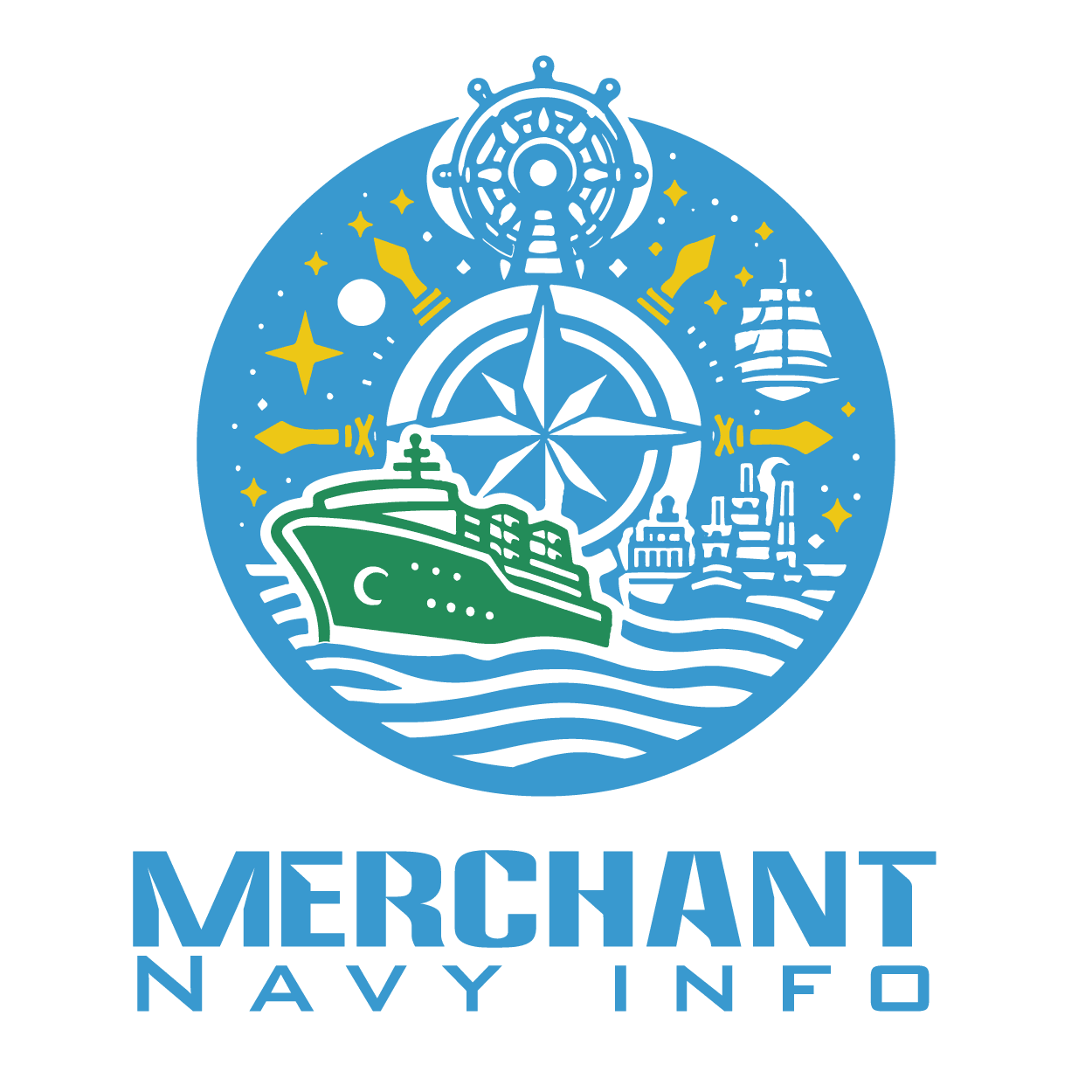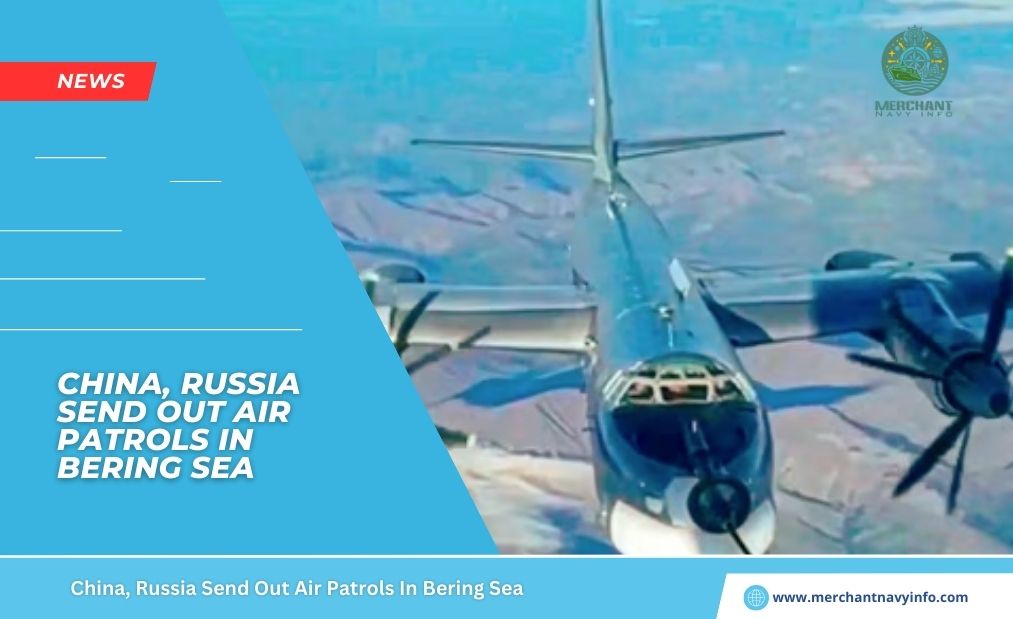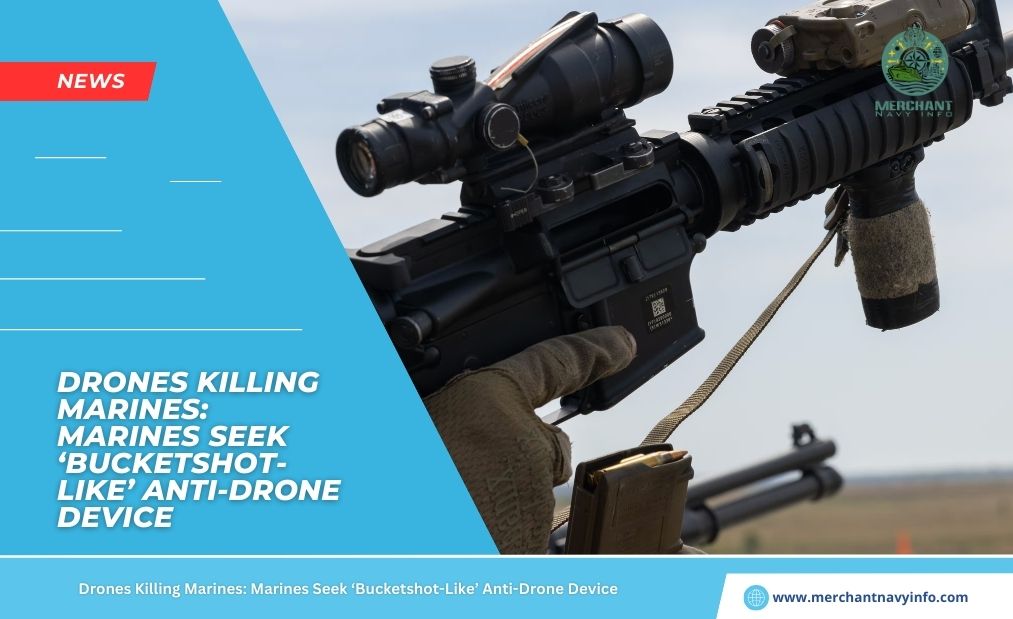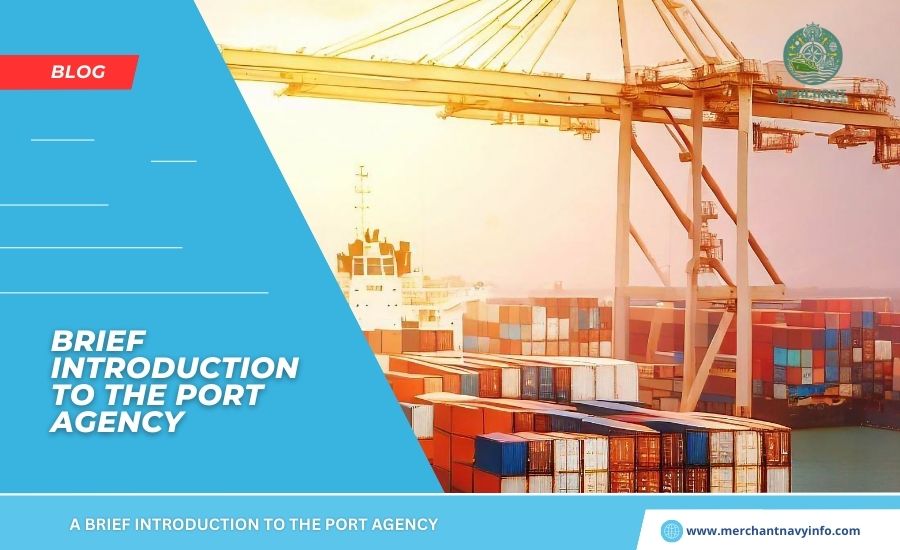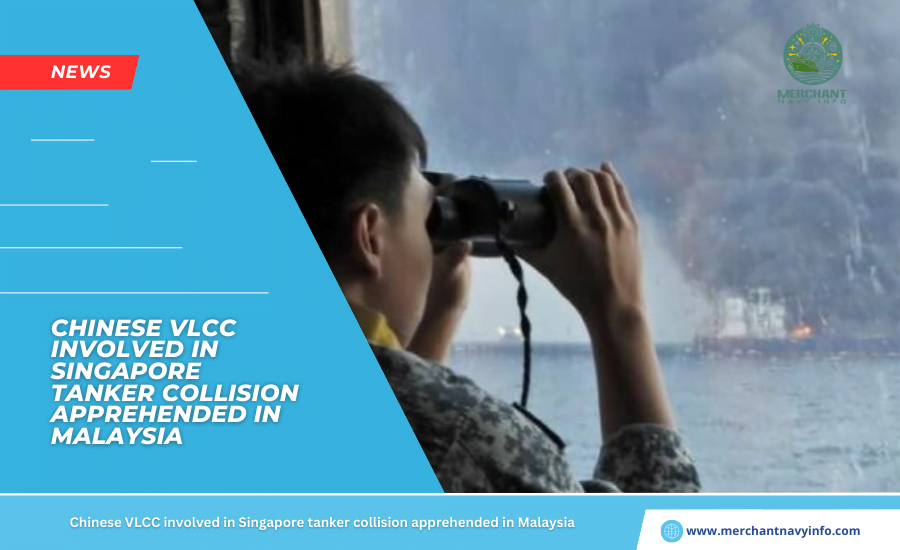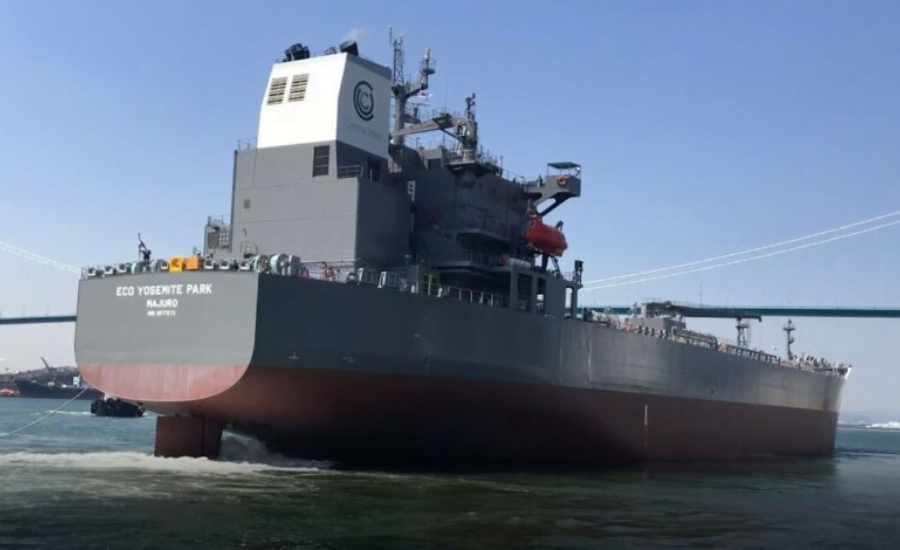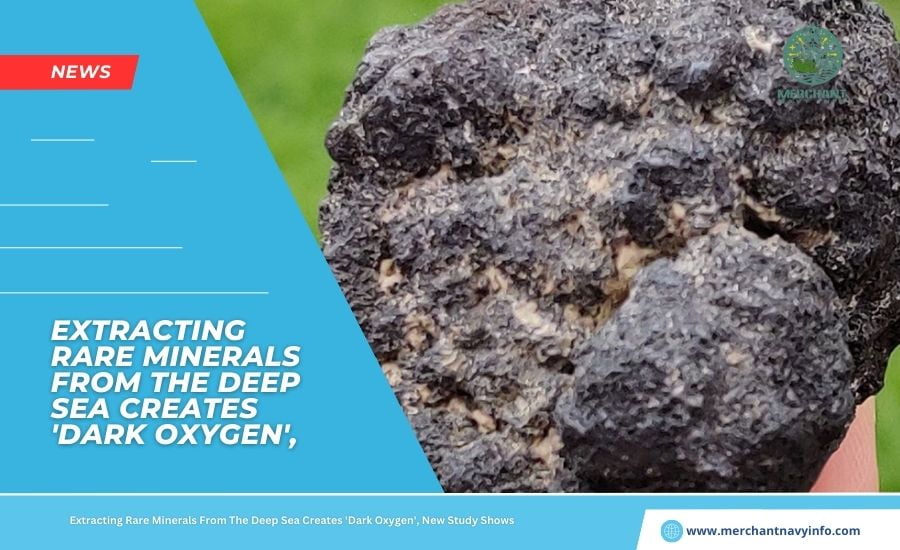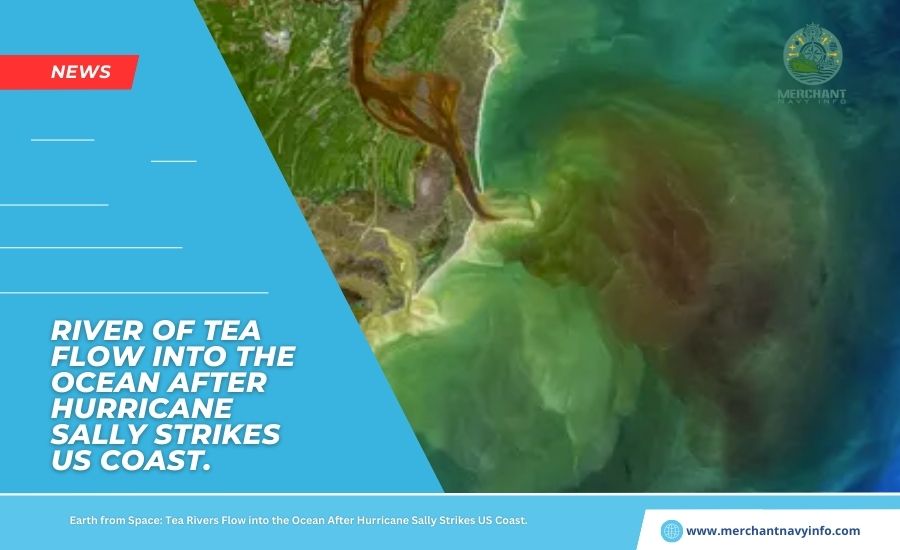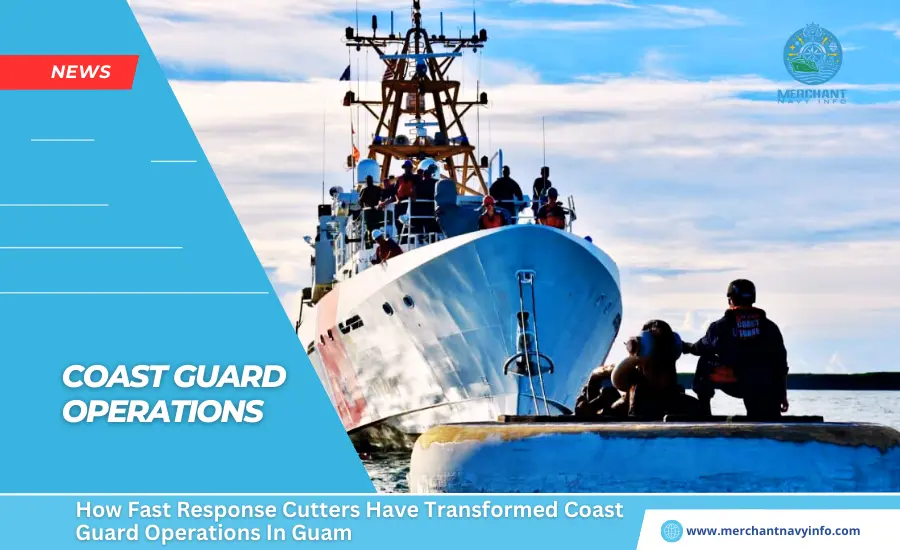
Although the U.S. Coast Guard Micronesia District of Guam has existed in its current form for only a few years. It has had a significant impact on the resumption of the U.S. Cooperation in Oceania. In 2021, the force was formerly known as Sector Guam simultaneously. Commissioned three Sentinel-class Fast Response Cutters (FRC) at Santa Rita, Guam. Three of her FRCs replaced two small island-class patrol vessels, USCGC Washington (WPB1331) and her USCGC Kiska (WPB 1336). The first Island-class patrol boat was launched in the early 1990s. The arrival of FRC in Guam has not only increased the number. Of available hulls but also improved their quality, range, and durability.
Although both classes of ships are designed for patrols lasting up to five days. FRCs operating in Hawaii and Guam take advantage of their larger size, superior seaworthiness, and larger crews. And are regularly able to exceed this limit. This allows her Guam-based FRC to operate further afield and more frequently. While in Guam, the two Island-class patrol vessels conducted sporadic patrols. In the exclusive economic zones of the Republic of Palau and the Federated States of Micronesia. While the FRC visited countries as far away as the Marshall Islands and Papua. On extended expedition patrol in New Guinea, Kiribati, and Australia. Col. Nicholas Simmons, commander of the U.S. Coast Guard Micronesia District Guam, who commanded the USCGC Washington early in his career, said the FRC was a “much more capable vessel” than the cutters he had previously accompanied.
Extraordinary Patrols
Expeditionary patrols are possible in places such as Papua New Guinea and Australia. But even with large cutters, patrolling the Main Area of Operations (AOR), which stretches from Palau in the west to the Marshall Islands in the east, is no easy task. Captain Simmons explained that “our established area of responsibility is approximately 3 million square kilometers, or 1. Nine million square miles, and includes all of Palau, the FSM, and the RMI,” which is “somewhat difficult to put into context.” It’s difficult.
Three Ships Among Myriad Priorities
As of 2024, the Coast Guard has three FRCs based in Guam, all commissioned simultaneously in 2021: USCGC Myrtle Hazard (WPC-1139), USCGC Oliver Henry (WPC-1140), USCGC Frederick Hatch (WPC-1143). There are more ships on Guam than ever before, but the number of their missions will only increase. At the commissioning ceremony, then-Coast Guard Commander Admiral Karl Schulz said they were “very capable” of bringing expeditionary capabilities to entirely new regions. “These FRCs are so powerful that we bring expeditionary capabilities to this region that we didn’t have before,” Schultz said. While the ability to conduct expeditionary patrols is important, Capt. Simmons emphasized that the U.S. Coast Guard search and rescue (SAR) operations in the Guam-Micronesia area are ultimately the top priority.
The Responsibilities
This special reserve includes all of the territorial waters of Palau and the FSM, as well as Guam and the Commonwealth of the Northern Mariana Islands (CNMI). “We have kind of an unusual relationship in the [Contract of Free Association (COFA)] where we coordinate search and rescue operations outside 12 nautical miles of those countries’ baselines,” he explained. The U.S. Navy MH-60S Nighthawk helicopters from Andersen Air Force Base’s 25th Helicopter Sea Combat Squadron (HSC-25) and HC-130Js from Hawaii’s Coast Guard Station Barbers Point are often the first to respond to SAR operations.
However, the FRC is a critical operational force that must remain operational, often serving as continuity and field commander during prolonged SAR incidents or incidents involving multiple responders. In general, Captain Simmons noted that of the three U.S. Coast Guard FRCs in the Guam-Micronesia area, one is conducting maintenance activities, one is underway within the AOR, and one is in preparation for expeditions. Said to be in or participating in an expedition.
Expeditionary Operations Change the Game
During a visit to Australia in February, Coast Guard Commander Adm. Linda L. Fagan told Naval News that requests for U.S. Coast Guard operations and training from countries in Oceania. He said the signal was “significant.” She said out loud, “Yes.” The Coast Guard is “particularly well-suited” to train nations in everything from law enforcement to fishing operations to outboard motor repair, she said. One of these partnerships is with Australia and the long-standing Pacific Maritime Security Program (PMSP). Through PMSP, Australia provides 22 Guardian-class patrol vessels to 16 Pacific countries, providing training, maintenance, and operational support. In 2022, the Coast Guard will begin formal cooperation with the program, providing training on the operation and deployment of Guardian-class patrol vessels in various countries in the Pacific, often as part of the Pacific Island Forum (PIF). This was facilitated through port visits and joint patrols.
Management of Forum Fisheries Agency (FFA)
A notable accomplishment of the Guam-based FRC is the regular participation of American vessels in her FFA’s four annual missions spanning millions of square kilometers. While U.S. Coast Guard aircraft and other large vessels have been involved in the past, the Guam-based FRC is regularly involved, and the FFA deployment is part of the U.S. Coast Guard’s ongoing patrol planning process. It is being considered In general, the U.S. Involvement in Oceania has benefited greatly from the presence of the U.S. The Coast Guard will address security concerns in the Pacific. For Pacific countries, climate change and illegal, unreported, and unregulated (IUU) fishing generally represent greater security concerns than ‘traditional’ security threats. Therefore, the capabilities and skills provided by the Coast Guard are often more relevant to Pacific nations than those of the United States Navy (USN) or other branches of the Department of Defense.
Maintaining Momentum on Guam Although the U.S.
Coast Guard Micronesia Force in the Guam area has been performing well for several years. Simmons acknowledged that challenges have arisen in continuing the effort. According to the General Accounting Office (GAO), FRCs are required to undergo underwater maintenance approximately every four years, which means starting next year, all three FRCs may go into dry dock. It means that. The problem is that Guam doesn’t have a dry dock. In 2023, Typhoon Mawar sank and destroyed the only small dry dock that existed there.
Although this dock was not officially designated for maintenance on his FRC, it may have been able to perform the work. The United States said in a statement that the 14th Coast Guard District operates throughout the United States. The Micronesia-Guam Coast Guard told Naval News that a Guam-based cutter will be working in Hawaii starting this summer. The first Guam-based cutter to enter dry dock will be the USCGC Myrtle Hazard, which will move to Hawaii this summer, where it will undergo underwater maintenance. The remaining two ships will “ideally” cruise around Hawaii for about 15 weeks of maintenance until the end of 2024.
